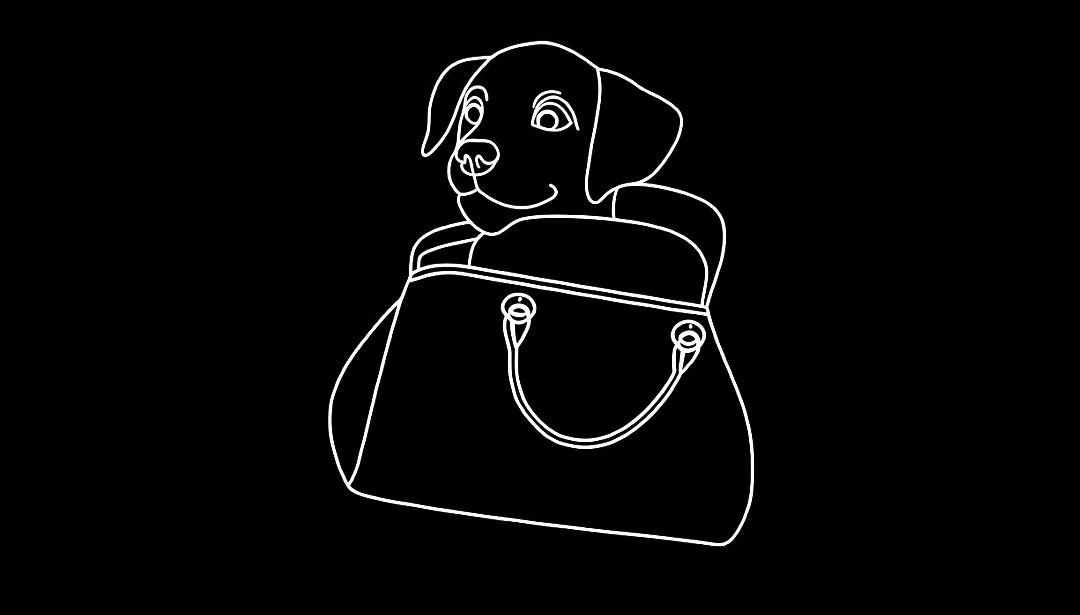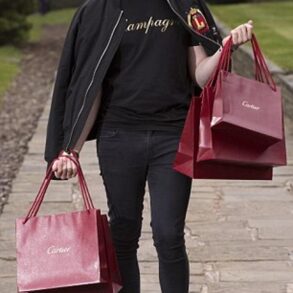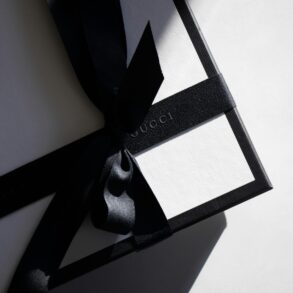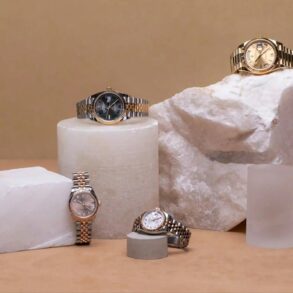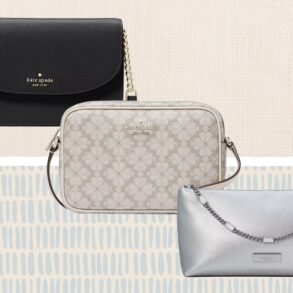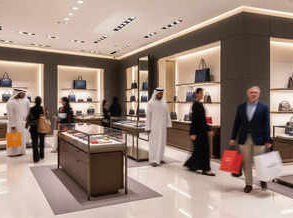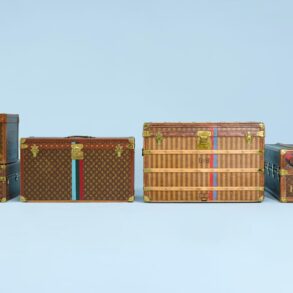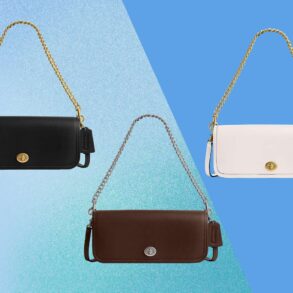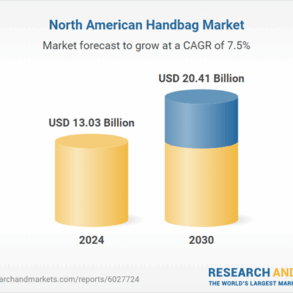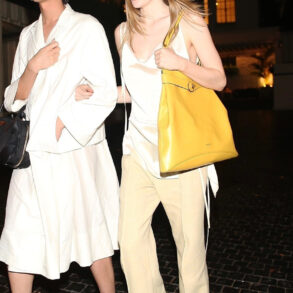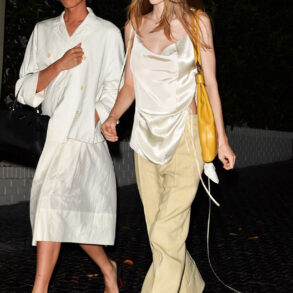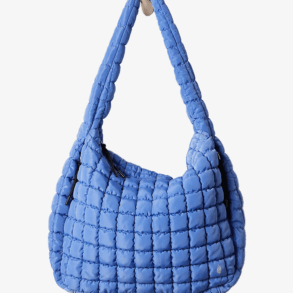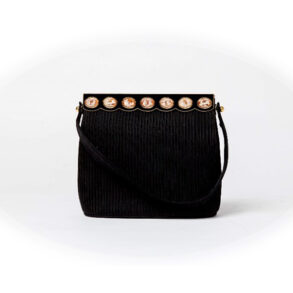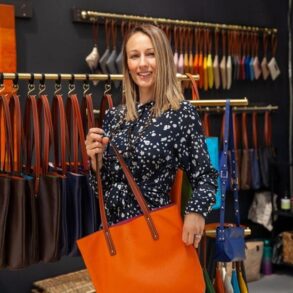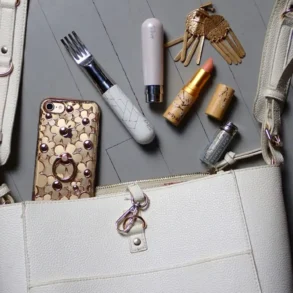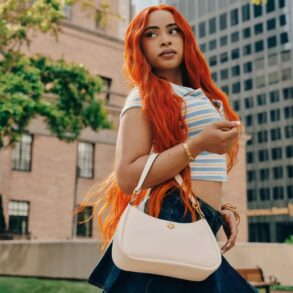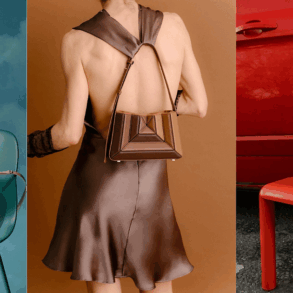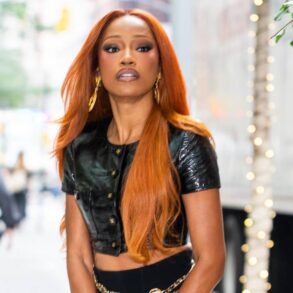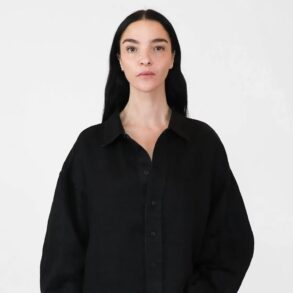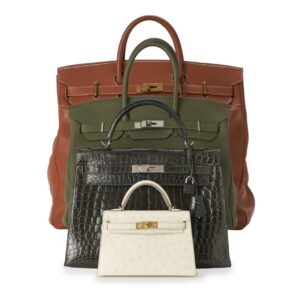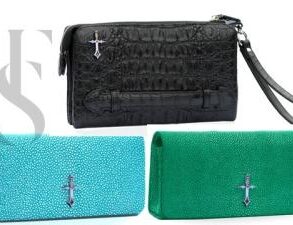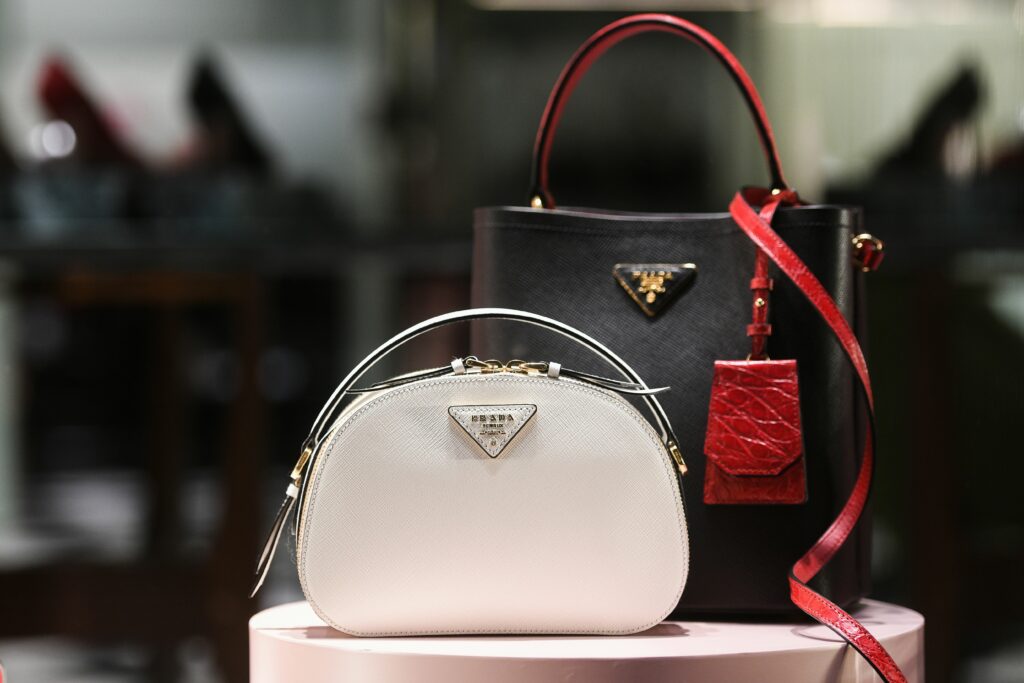
If you’ve been doomscrolling through TikTok over the past month or so, you may have encountered the now-viral videos of behind-the-scenes looks at various Chinese factory processes.
According to Forbes contributor Zoe Bayliss Wong, so-called “FactoryTok” videos are all the rage right now, offering a voyeuristic look behind the curtain of modern luxury retail — from its glossy storefronts to its far less glamorous origins and production processes.
“One viral video shows a manufacturer walking viewers through the process of producing a handbag sold for over $300 and revealing that the actual production cost was under $15. In another clip, a user showcases shoes for a major western footwear brand, outlining the costs to make totalling less than 10% of the final selling price. Many of these FactoryTok videos have since been removed, but not before amassing millions of views,” Wong wrote.
“But this trend isn’t just about the social media shock factor and tariff retaliation. It’s about transparency. It’s about holding the fashion industry accountable for not just what it makes, but how and why it makes it,” she added.
Gen Z Eyes a Return to ‘Quiet Luxury’ as FactoryTok Pulls Back the Curtain
Writing for MensXP, editor Prakriti Bhat detailed a similar circumstance in which she was subjected to an innumerable number of reels featuring FactoryTok content, noting that these videos from Chinese producers may have actually undermined the previously unassailable cultural cache of modern luxury brands.
“Funnily enough, in this clash between two economic giants, it’s not American or Chinese brands that are taking the hit. It’s the European luxury houses like Prada, Gucci, Hermes, Louis Vuitton and others. The very ones who built their empires on heritage, mystique, and the silent assumption that the only people making their bags are Italian artisans,” Bhat wrote.
Bhat suggested that with most of the tailoring common to these high-priced handbags and apparel items being shared between mass-produced Chinese labor pools, the once-outsized appeal of the designer label itself may have taken a substantial hit to its popularity.
The solution? According to Bhat, “quiet luxury,” which is particularly relevant for members of Gen Z, who are most likely to spend more time on TikTok and similar platforms.
“That’s where quiet luxury steps in. Minimal branding, impeccable tailoring. Instead of splashing logos all over their fits, Gen Z is now eyeing brands like The Row, Loro Piana, Toteme, Khaite, and Bottega Veneta (the pre-pouch, non-flashy era). Even COS is having a quiet-luxury-on-a-budget moment. The vibe? Rich aunt energy without the need to flaunt a trust fund,” Bhat began.
“In a world where your designer bag has probably had a layover in Guangzhou, a no-logo, perfectly stitched leather tote suddenly feels more luxurious than a bag with three gold letters stamped on it,” she continued.
Hermès Chugs Along as LVMH Shows Signs of Distress, Yet Transparency Remains Key
But not all brands seem to be taking losses in luxury retail, with Hermès recently posting a significant global revenue beat while competitor LVMH — famous for its Louis Vuitton label — saw a recent revenue decline of 3%.
And while Wong pointed toward ESG principles (particularly sustainability practices) and transparency as foundational cornerstones of the contemporary luxury retail market, it appears that other factors are playing a part as well.
Fashion Dive indicated that the broader luxury retail market had slowed in 2024 and that the future of said market rested upon brands moving into “future growth through volume increases rather than price increases in 2025.” Transparency, however, was reiterated, with the outlet citing McKinsey data for reference.
“Overall, luxury customers indicated that they felt their in-store experiences had worsened in recent years and that they wanted to see ‘greater transparency in luxury brands’ sourcing and production,’” Fashion Dive senior editor Lara Ewen wrote.
According to McKinsey, the industry is shifting “away from brand heritage and towards the individual vision of creative directors” — a trend that could have long-term implications for brand identity and performance.
As Gen Z matures and takes on greater spending power in the luxury space, the segment may see a shift toward personalization and a more artisanal, individualized aesthetic, with quality and transparency taking center stage.
This post was originally published on this site be sure to check out more of their content.
